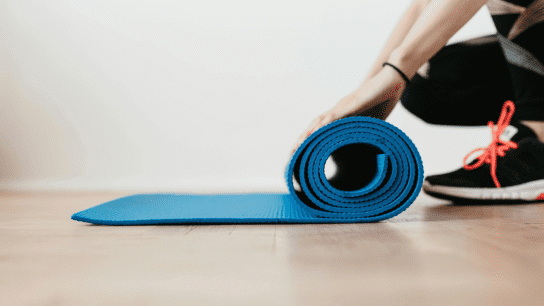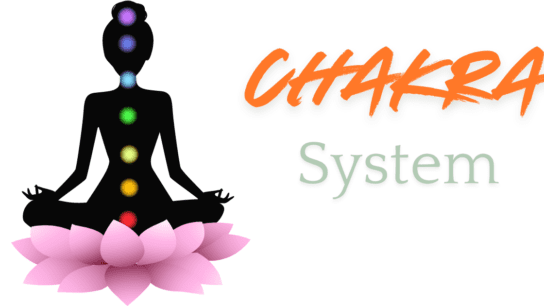Yoga has become a global phenomenon, with millions practicing various forms to enhance physical health, mental clarity, and spiritual well-being. Among the diverse styles of yoga, Hatha Yoga stands out as the foundational practice that underpins many contemporary yoga styles. In this detailed guide, we’ll explore what Hatha Yoga is, its benefits, key practices, and how you can start or deepen your practice. Whether you’re a seasoned yogi or a curious beginner, this article aims to provide a thorough understanding of Hatha Yoga and its significance.
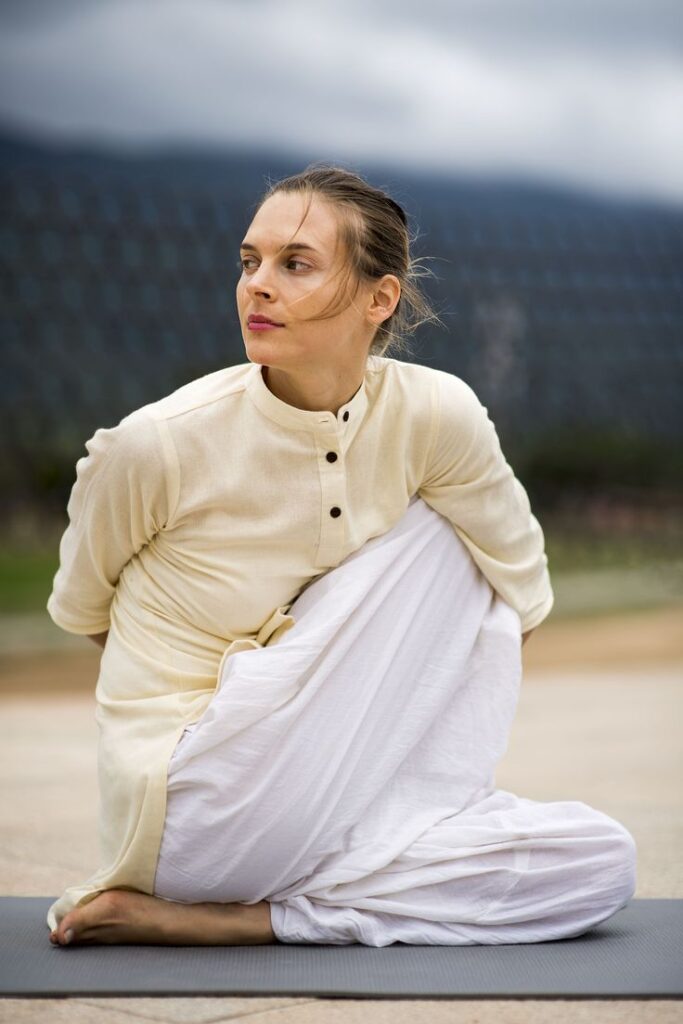
What is Hatha Yoga?
Hatha Yoga is one of the oldest forms of yoga, with its roots deeply embedded in ancient Indian traditions. The term “Hatha” is derived from two Sanskrit words: “Ha” meaning sun and “Tha” meaning moon. This reflects the practice’s aim to balance opposing energies within the body. Hatha Yoga focuses on physical postures (asanas), breath control (pranayama), and meditation to achieve equilibrium between the mind and body.
Historical Background
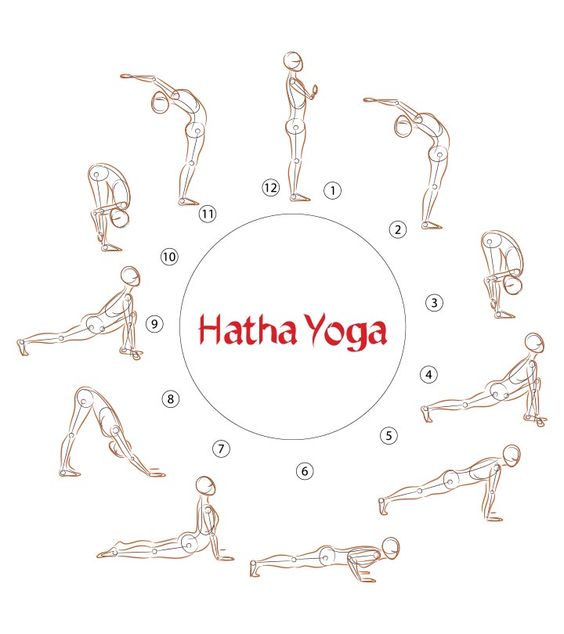
Hatha Yoga has been practiced for centuries, with its origins tracing back to ancient India. The practice is mentioned in several classical texts, including the Hatha Yoga Pradipika, a seminal work written by Swami Swatmarama in the 15th century. This text outlines the principles and techniques of Hatha Yoga, providing a comprehensive guide to its practice.
The Core Principles of Hatha Yoga
Hatha Yoga is based on several core principles:
- Physical Postures (Asanas): These are the physical exercises that stretch and strengthen the body. Each pose is designed to improve flexibility, balance, and strength.
- Breath Control (Pranayama): This involves regulated breathing techniques that enhance the flow of life force (prana) within the body.
- Meditation (Dhyana): Hatha Yoga incorporates meditation practices to cultivate mental clarity and inner peace.
- Detoxification: The practice aims to detoxify the body and mind through physical exertion and mindful breathing.
- Relaxation: Incorporates techniques for relaxation and stress relief to promote overall well-being.
Benefits of Practicing Hatha Yoga
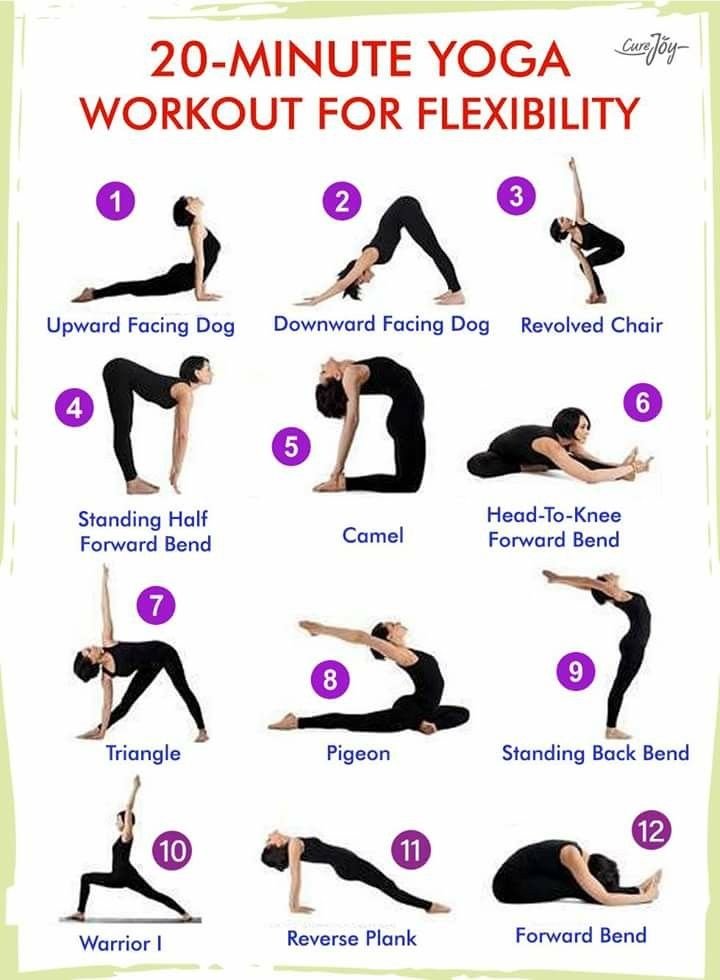
Hatha Yoga offers a myriad of benefits for physical health, mental well-being, and spiritual growth. Here’s a closer look at some of the key advantages:
1. Improved Flexibility
One of the most noticeable benefits of Hatha Yoga is increased flexibility. The various postures stretch the muscles and improve the range of motion in the joints. Regular practice helps in gradually lengthening the muscles and enhancing overall flexibility.
2. Enhanced Strength
Hatha Yoga poses require you to hold your body weight in various positions, which builds muscular strength. This strength is beneficial not only for yoga practice but also for daily activities and overall fitness.
3. Better Posture and Alignment
Practicing Hatha Yoga helps in improving posture and body alignment. By learning the correct way to hold poses, you develop a greater awareness of your body and its alignment, which can translate to better posture in everyday life.
4. Stress Reduction
The combination of physical postures, breath control, and meditation in Hatha Yoga promotes relaxation and reduces stress. The practice helps in calming the nervous system and creating a sense of mental clarity.
5. Increased Mental Clarity
Hatha Yoga enhances mental focus and clarity through its meditative practices. Regular meditation helps in clearing the mind, improving concentration, and fostering a sense of inner peace.
6. Detoxification
The physical exertion and controlled breathing in Hatha Yoga help in flushing out toxins from the body. The practice promotes overall detoxification, which contributes to better health and vitality.
7. Improved Circulation
The various postures in Hatha Yoga stimulate blood flow and improve circulation. This enhanced circulation aids in delivering oxygen and nutrients to different parts of the body, promoting overall health.
8. Emotional Balance
Hatha Yoga’s emphasis on mindfulness and relaxation helps in managing emotions and achieving emotional balance. The practice encourages self-awareness and emotional stability.
Key Hatha Yoga Postures

Hatha Yoga includes a wide range of postures, each with its own unique benefits. Here are some fundamental postures that are commonly practiced:
1. Mountain Pose (Tadasana)
- How to Perform: Stand with your feet together, arms by your sides. Distribute your weight evenly on both feet and engage your thighs. Reach your arms overhead and stretch upward.
- Benefits: Improves posture, strengthens legs, and enhances balance.
2. Downward-Facing Dog (Adho Mukha Svanasana)
- How to Perform: Begin on your hands and knees, lift your hips up and back to form an inverted V shape. Keep your hands shoulder-width apart and feet hip-width apart.
- Benefits: Stretches the hamstrings, calves, and back; strengthens arms and legs.
3. Warrior I (Virabhadrasana I)
- How to Perform: Step one foot back and bend the front knee to form a lunge. Extend your arms overhead and square your hips towards the front leg.
- Benefits: Strengthens the legs, opens the hips, and stretches the chest and shoulders.
4. Tree Pose (Vrksasana)
- How to Perform: Stand on one leg and place the sole of the opposite foot on the inner thigh or calf of the standing leg. Bring your hands together at the chest or extend them overhead.
- Benefits: Improves balance, strengthens the legs, and enhances focus.
5. Child’s Pose (Balasana)
- How to Perform: Kneel on the floor and sit back on your heels. Extend your arms forward and lower your torso to the ground, resting your forehead on the mat.
- Benefits: Provides a gentle stretch for the back, hips, and thighs; promotes relaxation.
6. Cobra Pose (Bhujangasana)
- How to Perform: Lie face down, place your hands under your shoulders, and lift your chest off the ground using your back muscles while keeping your elbows slightly bent.
- Benefits: Stretches the chest and spine; strengthens the lower back.
7. Seated Forward Bend (Paschimottanasana)
- How to Perform: Sit with your legs extended in front of you, reach forward to grab your feet or shins, and fold your torso over your legs.
- Benefits: Stretches the hamstrings and lower back; calms the mind.
How to Start Practicing Hatha Yoga

Starting a Hatha Yoga practice can be a transformative experience. Here are some steps to help you get started:
1. Find a Class or Instructor
Look for local yoga studios or online classes that offer Hatha Yoga. If you prefer in-person classes, visit studios in your area and ask about their Hatha Yoga offerings. Online platforms like Yoga with Adriene or Gaia offer a variety of Hatha Yoga classes suitable for beginners.
2. Invest in Basic Equipment
While many studios provide mats and props, having your own equipment can enhance your practice. Invest in a quality yoga mat, comfortable clothing, and optional props like blocks and straps.
3. Start Slowly
Begin with beginner-level classes or online tutorials to familiarize yourself with basic postures and techniques. Don’t rush into advanced poses; focus on building a solid foundation.
4. Practice Regularly
Consistency is key to experiencing the benefits of Hatha Yoga. Aim for at least 2-3 sessions per week to see gradual improvement in flexibility, strength, and mental clarity.
5. Listen to Your Body
Pay attention to your body’s signals and avoid pushing yourself into discomfort or pain. Modify postures as needed and rest when necessary. Yoga should feel supportive, not punitive.
6. Explore Breathing Techniques
Incorporate pranayama (breath control) into your practice. Learning to regulate your breath can enhance your overall experience and deepen your connection to the practice.
7. Incorporate Meditation
Integrate meditation into your routine to complement your physical practice. Even a few minutes of mindfulness can improve mental clarity and relaxation.
8. Stay Hydrated and Nourished
Maintain a balanced diet and stay hydrated to support your yoga practice. Eating light, nutritious meals before and after class can help sustain your energy levels.
Common Misconceptions About Hatha Yoga
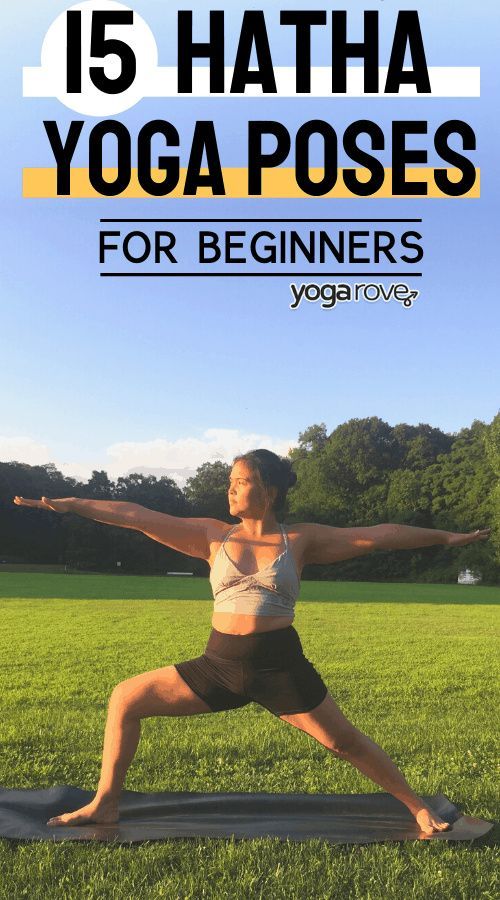
Despite its popularity, there are several misconceptions about Hatha Yoga that are worth addressing:
1. Hatha Yoga is Only About Physical Exercise
While Hatha Yoga includes physical postures, it also emphasizes breath control and meditation. The practice aims to balance the mind and body, not just provide a workout.
2. You Need to Be Flexible to Practice Hatha Yoga
Flexibility is a benefit of Hatha Yoga, not a prerequisite. Beginners can start with basic postures and gradually improve their flexibility over time.
3. Hatha Yoga is Too Easy or Basic
Hatha Yoga may seem simple, but it offers depth and complexity. Advanced practitioners can explore intricate postures and advanced breathing techniques that challenge their skills.
4. All Yoga is the Same
Different styles of yoga have unique approaches and focuses. Hatha Yoga is a foundational practice that serves as the basis for many other styles, but each has its own distinct characteristics.
5. Hatha Yoga is Only for Young People
People of all ages can benefit from Hatha Yoga. The practice can be adapted to different fitness levels and physical conditions, making it accessible to a wide range of individuals.
Conclusion
Hatha Yoga serves as the bedrock of many contemporary yoga practices, offering a holistic approach to physical health, mental clarity, and spiritual growth. By understanding its principles and incorporating its techniques into your routine, you can experience a profound transformation in your well-being. Whether you’re new to yoga or looking to deepen your practice, Hatha Yoga provides a timeless path to balance and harmony.
FAQ: Hatha Yoga
1. What is Hatha Yoga?
Hatha Yoga is a foundational style of yoga that focuses on physical postures (asanas), breathing techniques (pranayama), and meditation. The term “Hatha” means “sun” and “moon,” representing the practice’s aim to balance opposing forces within the body. It is known for its emphasis on physical health and mental clarity, making it an accessible starting point for many yoga practitioners.
2. What are the primary benefits of practicing Hatha Yoga?
Practicing Hatha Yoga offers numerous benefits, including:
- Improved Flexibility: Regular practice stretches and lengthens muscles, increasing flexibility.
- Enhanced Strength: Holding various postures builds muscular strength and endurance.
- Better Posture: Helps align the body and improves overall posture.
- Stress Reduction: Combines physical activity with mindfulness to lower stress levels.
- Increased Mental Clarity: Meditation and breath control promote mental focus and calm.
- Detoxification: The practice aids in flushing out toxins through physical exertion and deep breathing.
- Improved Circulation: Stimulates blood flow and boosts overall cardiovascular health.
3. How does Hatha Yoga differ from other types of yoga?
Hatha Yoga is a general category that includes various styles of yoga focusing on physical postures and breath control. Unlike dynamic styles like Vinyasa or Ashtanga, Hatha Yoga typically involves slower-paced, deliberate movements. It emphasizes alignment, balance, and relaxation, making it a versatile practice suitable for beginners and advanced practitioners alike.
4. Is Hatha Yoga suitable for beginners?
Yes, Hatha Yoga is ideal for beginners. Its slow pace and focus on foundational postures and techniques provide a solid introduction to yoga. New practitioners can start with basic poses and gradually progress as they build strength and flexibility.
5. How often should I practice Hatha Yoga to see results?
For optimal benefits, aim to practice Hatha Yoga 2-3 times a week. Consistent practice helps improve flexibility, strength, and overall well-being. However, even practicing once a week can offer positive results and enhance your health over time.
6. What should I wear to a Hatha Yoga class?
Wear comfortable, breathable clothing that allows for a full range of motion. Opt for moisture-wicking fabrics that keep you cool and dry. Typical attire includes yoga pants or shorts, a fitted top, and a supportive sports bra. Make sure your clothing is flexible and non-restrictive.
7. What equipment do I need for Hatha Yoga?
At a minimum, you’ll need a yoga mat for cushioning and stability. Optional equipment includes yoga blocks, straps, and a blanket for additional support and modifications. Many yoga studios provide these props, but having your own can enhance your practice.
8. Can Hatha Yoga help with weight loss?
While Hatha Yoga may not be as intensive as other forms of exercise, it can contribute to weight management by improving overall physical fitness, promoting mindful eating, and reducing stress. Combined with a balanced diet and other forms of exercise, Hatha Yoga can support weight loss goals.
9. Is Hatha Yoga safe for people with injuries or chronic conditions?
Hatha Yoga can be adapted to accommodate various injuries and chronic conditions. It’s important to consult with a healthcare provider before starting any new exercise program, especially if you have existing health issues. Inform your instructor about any injuries or conditions so they can provide appropriate modifications and support.
10. How can I find a good Hatha Yoga class or instructor?
To find a suitable Hatha Yoga class or instructor:
- Search online: Look for local studios or online platforms offering Hatha Yoga classes.
- Ask for recommendations: Seek suggestions from friends, family, or fellow practitioners.
- Visit studios: Attend introductory classes or workshops to find an instructor whose style and approach resonate with you.
- Check reviews: Read reviews and testimonials to gauge the quality of instruction and class environment.
11. Can I practice Hatha Yoga at home?
Yes, you can practice Hatha Yoga at home with the help of online videos, apps, or books. Setting up a dedicated space with a yoga mat and any necessary props will enhance your practice. Starting with beginner-friendly routines can help you build confidence and establish a consistent home practice.
12. What should I do if I feel discomfort or pain during practice?
If you experience discomfort or pain during Hatha Yoga, immediately stop and rest. Assess the situation, and if necessary, modify the posture or use props for support. It’s important to listen to your body and avoid pushing through pain. If the discomfort persists, consult with a healthcare provider or a qualified yoga instructor for guidance.
13. How does Hatha Yoga incorporate breathing techniques?
Breathing techniques (pranayama) are a key component of Hatha Yoga. They involve controlled, deliberate breathing to enhance the flow of prana (life force) and support physical and mental balance. Common pranayama techniques include deep diaphragmatic breathing, alternate nostril breathing, and ujjayi breath, each serving different purposes and benefits.
14. What is the difference between Hatha Yoga and Vinyasa Yoga?
Hatha Yoga generally involves slower-paced, static postures with a focus on alignment and breath control. Vinyasa Yoga, on the other hand, is more dynamic and involves flowing sequences of postures linked with breath. While both styles offer benefits, Hatha Yoga is often considered more accessible for beginners, whereas Vinyasa Yoga provides a more vigorous workout.
15. Can Hatha Yoga be combined with other forms of exercise?
Yes, Hatha Yoga can be effectively combined with other forms of exercise. Many practitioners use yoga as a complement to activities like running, weightlifting, or cardio workouts. Combining yoga with other exercises can enhance overall fitness, flexibility, and recovery.
16. What are some common misconceptions about Hatha Yoga?
Common misconceptions about Hatha Yoga include:
- It’s only for the flexible: Hatha Yoga benefits practitioners of all flexibility levels, with modifications available for various abilities.
- It’s too easy or basic: Hatha Yoga includes a wide range of postures and techniques that can be challenging and beneficial.
- It’s just physical exercise: Hatha Yoga also emphasizes breath control and meditation, contributing to mental and emotional well-being.
17. What are some tips for deepening my Hatha Yoga practice?
To deepen your Hatha Yoga practice:
- Practice regularly: Consistency is key to experiencing progress and benefits.
- Explore different styles: Try various Hatha Yoga classes or styles to broaden your practice.
- Focus on breath: Incorporate pranayama techniques to enhance your practice.
- Seek guidance: Work with experienced instructors who can provide personalized feedback and support.
- Set intentions: Approach each practice with a clear intention or goal to stay motivated and focused.
18. How can I measure progress in my Hatha Yoga practice?
Progress in Hatha Yoga can be measured by:
- Improved flexibility: Noticeable increases in your range of motion and ease of movement.
- Enhanced strength: Greater stability and endurance in postures.
- Better posture: Improved alignment and body awareness.
- Mental clarity: Greater focus, reduced stress, and increased relaxation.
For more yoga information


